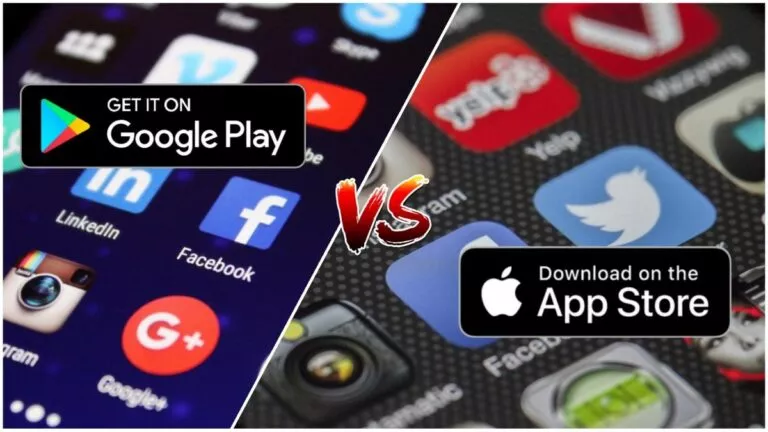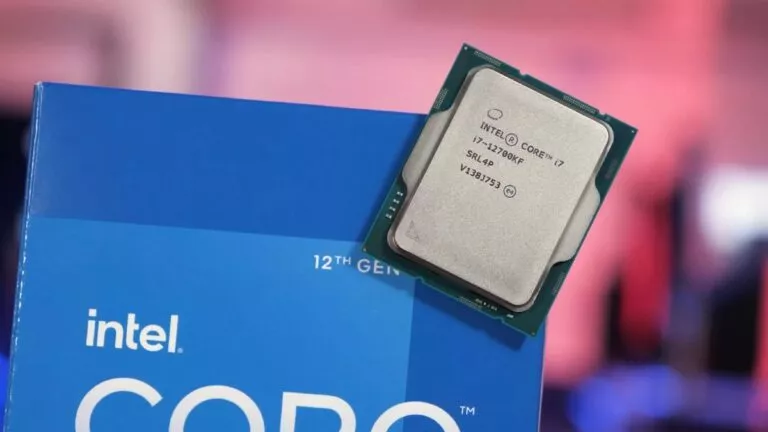Samsung’s Self-Repair Program Explained: Supported Devices And Regions
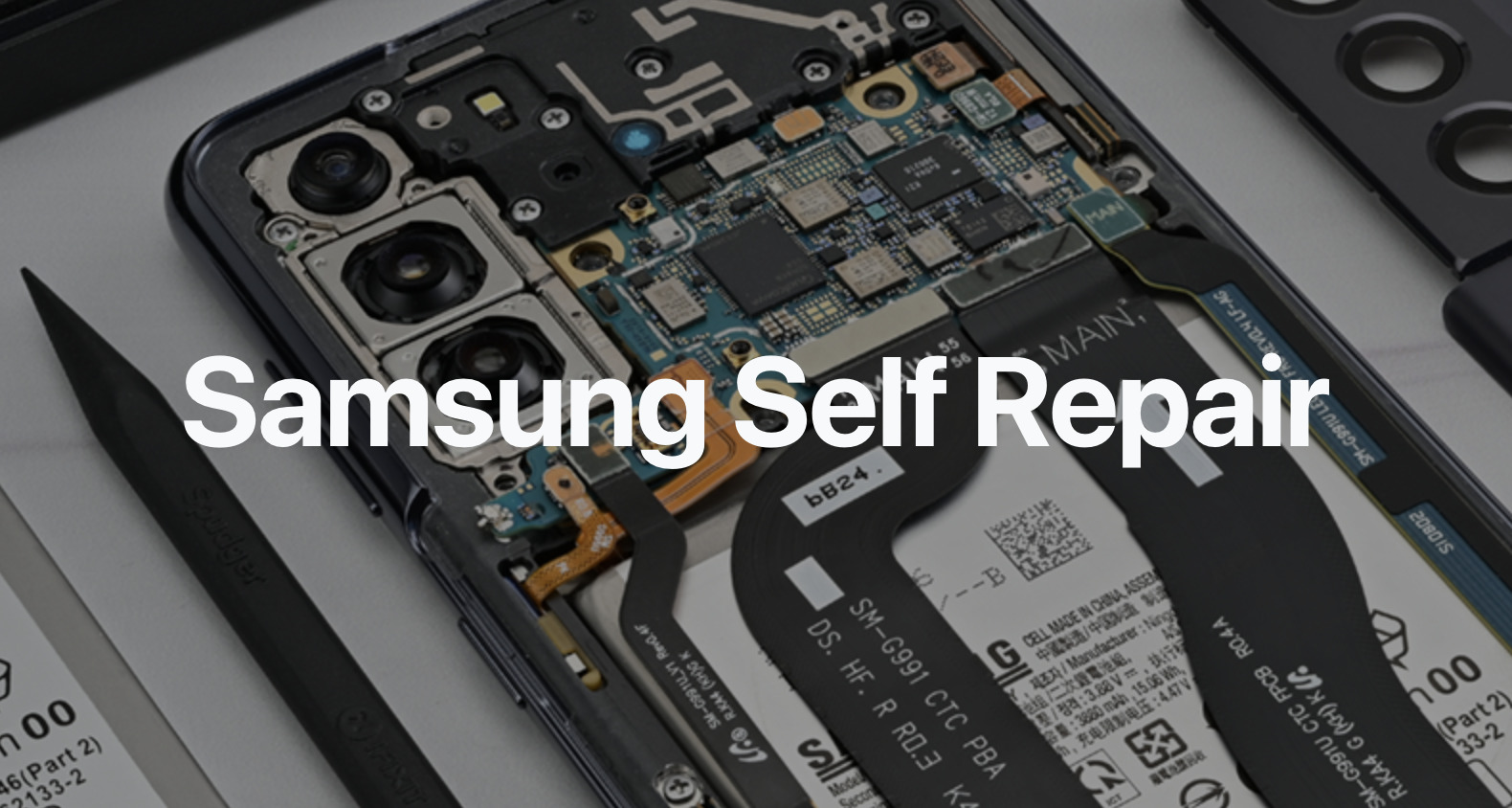
Humans generate a lot of e-waste, thanks in part to tech companies making repairs challenging and nudging users toward purchasing new products. However, in recent years, governments around the globe have begun drafting legislation aimed at mitigating this issue and lessening the tech industry’s impact on climate change. Fortunately, this has resulted in companies like Samsung adopting new self-repair programs designed to allow users to fix their gadgets. Here is everything you need to know about it.
How does Samsung’s Self-Repair Program work?
In partnership with iFixit, the program offers users self-repair kits for specific devices, allowing them to fix their displays, back glass, charging ports, speakers, SIM trays, and physical buttons. However, some might question the need for such a program in countries like the US, where Samsung already boasts an extensive repair network.
The answer lies in cost and convenience. For instance, if you accidentally damage your Samsung Galaxy S20+ screen, visiting the iFixit site showcases an array of tailored repair kits. Additionally, when choosing the screen module, you can opt for a full repair kit or just the screen if you already have the necessary tools. This removes the burden of visiting a Samsung repair store for users living in remote areas or villages.
Self-Repair vs Conventional Repair: Pricing
When comparing the costs, a self-repair kit for a Samsung Galaxy S20+ with a broken display and accompanying tools costs $224, while the company’s repair service for the same model stands at $269. Additionally, to help with the repair process, iFixit not only provides detailed repair steps but also includes user comments, offering valuable insights from previous repair attempts.
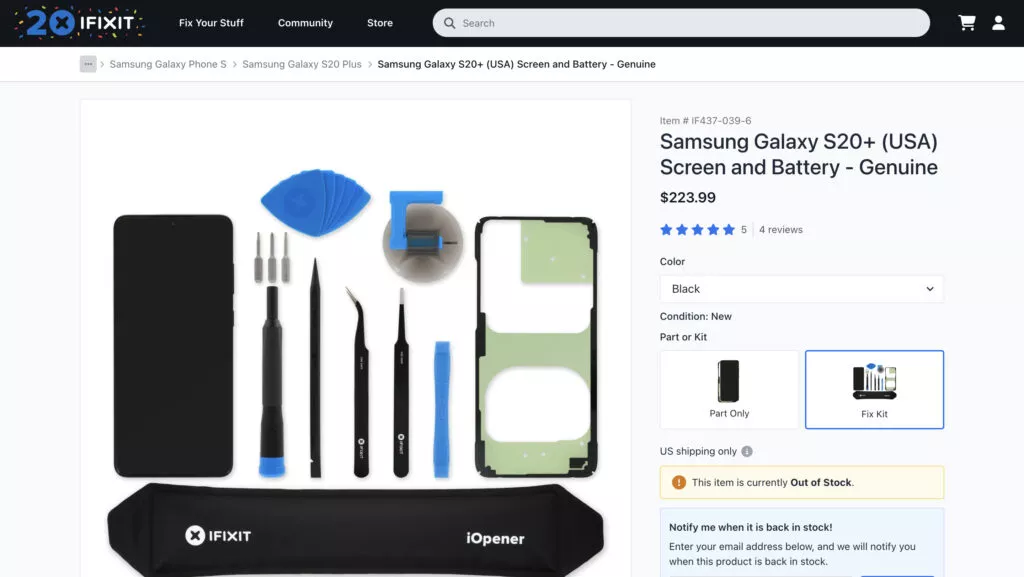
Which countries and devices does the program cover?
Initially launched in the US in April 2022, the program has gradually expanded to over 30 countries, including:
United States, South Korea, Brazil, Mexico, Belgium, France, Germany, Italy, Netherlands, Poland, Spain, Sweden, United Kingdom, Albania, Andorra, Austria, Bosnia and Herzegovina, Bulgaria, Croatia, Cyprus, Czech Republic, Denmark, Estonia, Finland, Greece, Hungary, Ireland, Kosovo, Latvia, Liechtenstein, Lithuania, Luxembourg, Malta, Monaco, Montenegro, North Macedonia, Norway, Portugal, Romania, Serbia, Slovakia, Slovenia, and Switzerland.
When talking about the devices, the company has also recently expanded its offering to include a variety of its products, such as Galaxy S23 FE, Galaxy A05s, Galaxy Tab S9 FE series, Galaxy Tab A9 series, 15-inch Galaxy Book 2 Pro, and 15-inch Galaxy Book 2 Pro 360. Moreover, even foldable devices like the Samsung Galaxy Fold and Flip 5 are included in the program, although the availability of parts might vary across different markets.
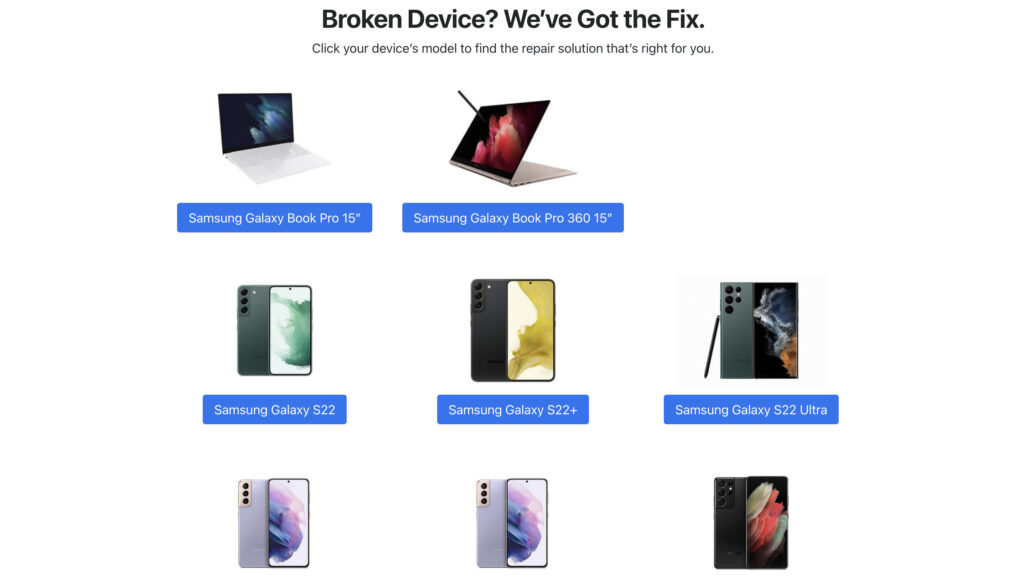
How does Samsung Self-Repair program compare to Apple’s?
While Apple’s self-repair program might appear similar in concept, the reality is quite different. This is because Apple’s iPhones are significantly more complex to repair compared to Samsung phones. Let’s take the same example as before and suppose you have a Samsung Galaxy S22 Ultra and an iPhone 13 Pro Max with broken displays.
On Apple’s website, the display bundle for the iPhone 13 Pro Max is priced at $315.77, which seems reasonable enough. However, Apple’s screen replacement necessitates specialized machinery and tools, available for rent at an additional $49 per week.
Although the cost is still manageable, the fact that Apple places a temporary hold on a user’s card based on the kit’s cost, which could potentially reach over a thousand dollars, means that users without such extra credit would not be able to get their hands on the machine.
Now, comparing this to the Samsung, the S22 Ultra screen replacement bundle costs $239.99, inclusive of all tools and necessary documentation for screen replacement. This makes Samsung’s offering a more cost-effective and accessible option than Apple’s setup.

